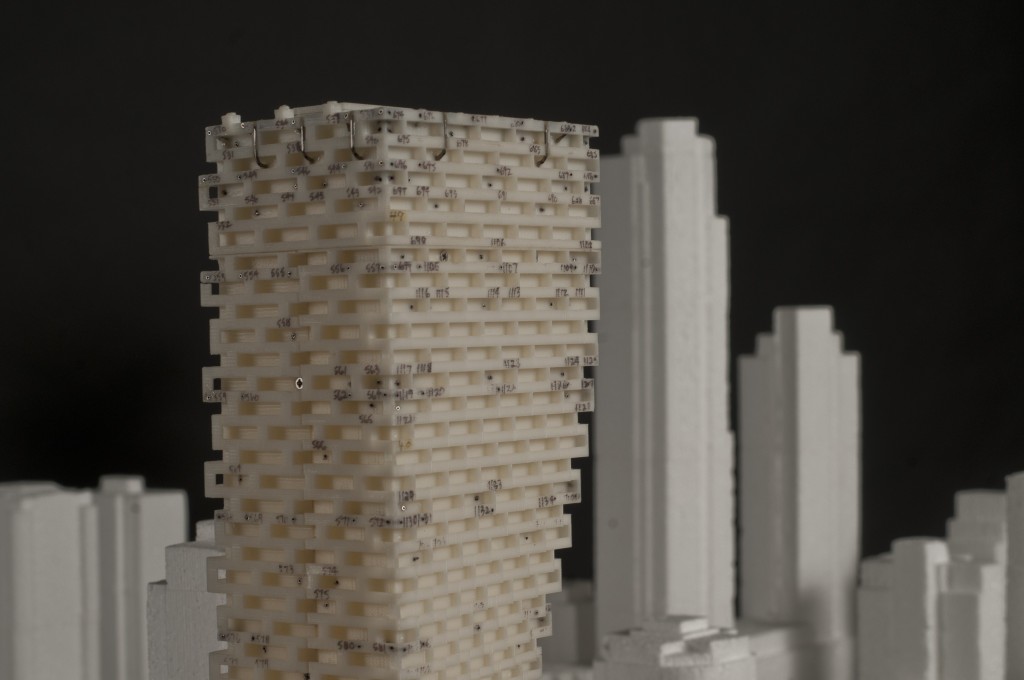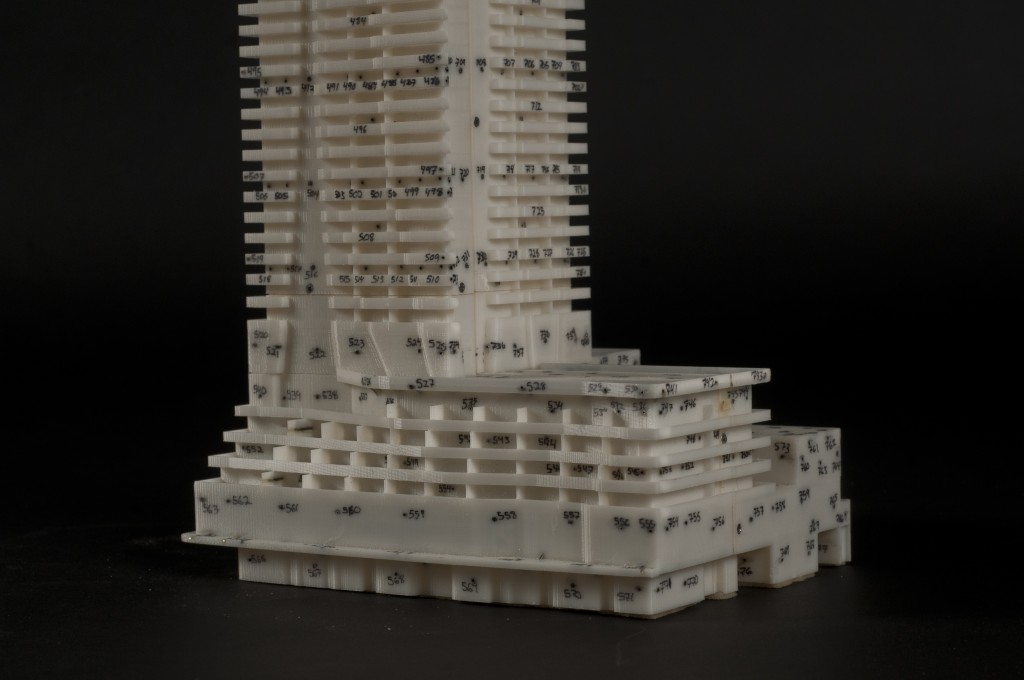When designing large and complex structures, detailed knowledge of how the wind will influence the cladding is beneficial in addition to the structural systems. For modern structures that incorporate complex geometries, determining cladding pressures is a crucial component of the design process. For many projects, cladding studies provide economic savings compared to designs based on local building codes.
Cladding pressures are determined most accurately by wind tunnel testing of a physical scale model of the study building placed within its surroundings. The model is instrumented with a large number of pressure-measuring sensors called pressure taps. Measurements are performed simultaneously at many locations using a high-speed scanning system. Results are obtained for winds approaching the site from the entire 360O azimuth.
Wind forces on roofs can be highly turbulent depending on the geometry of the roof and the influence of surrounding buildings. Accurate knowledge of local wind forces is critical when designing and implementing the roofing system that will ultimately enclose the building. Further, knowledge of the wind regime over a roof is essential for the design of “green” roofs, which are becoming increasingly common in recent sustainability initiatives in the architectural community.


